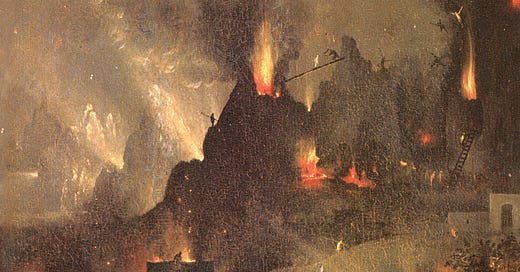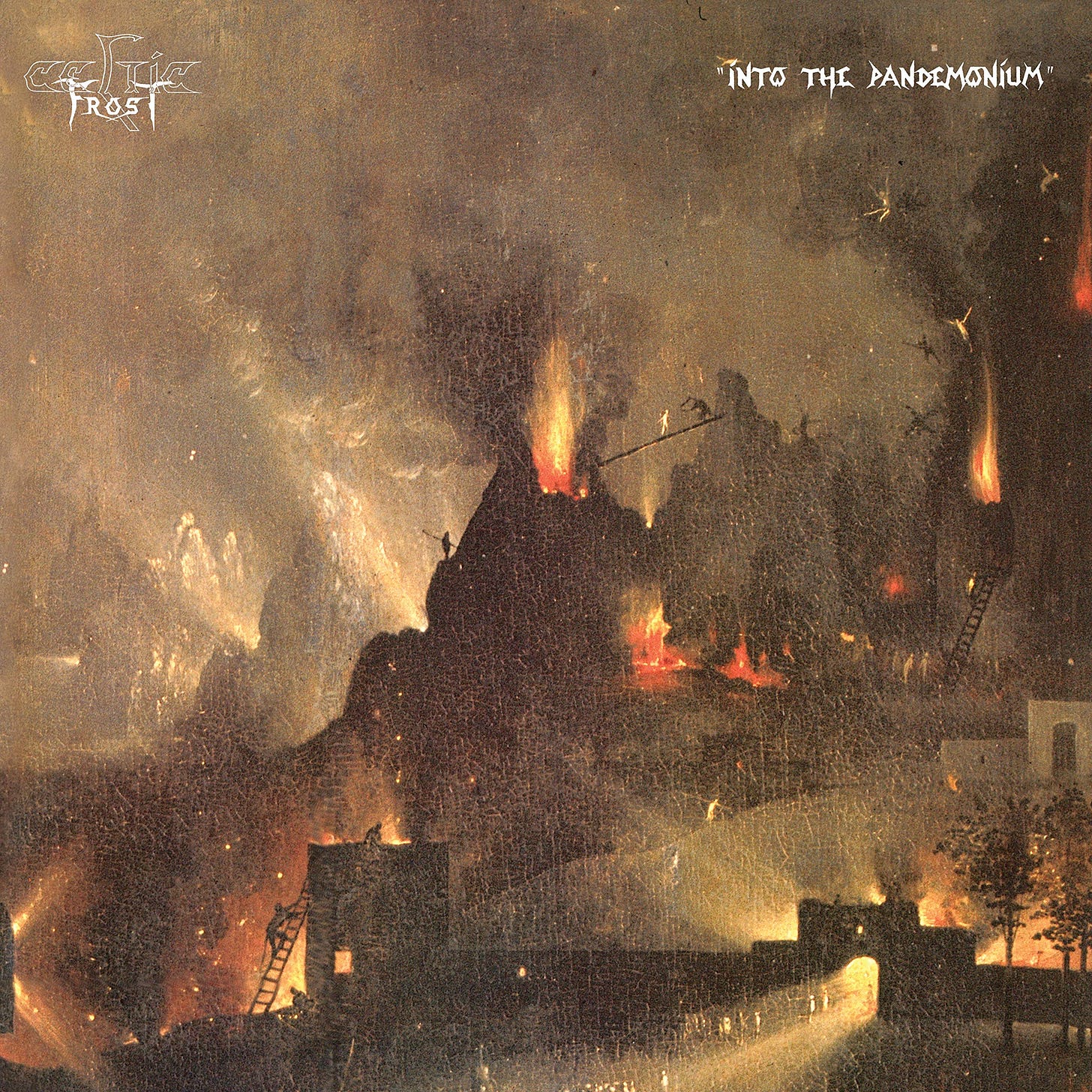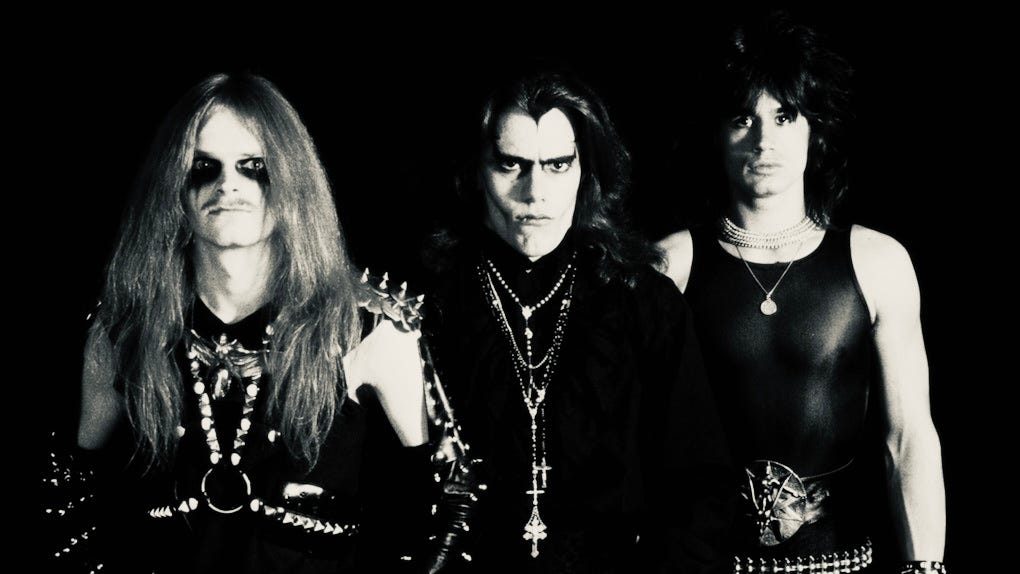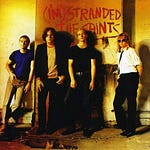In 1987, while the rest of the metal world doubled down on thrash precision and glam sheen, a band from Zurich detonated a musical Molotov cocktail. Celtic Frost’s Into the Pandemonium wasn’t just bold—it was baffling. Infused with operatic vocals, French poetry, Egyptian mythology, industrial breaks, and thrash riffs, it challenged every norm of what heavy music was supposed to be. And in doing so, it quietly laid the groundwork for a legion of experimental musicians to come.
The Sound of Artistic Rebellion
At its heart, Into the Pandemonium is an album about contrast. One moment it’s chugging through blistering guitar lines, and the next it’s dissolving into string sections and mournful spoken word passages.
Tracks like “Tristesses de la Lune,” with its French operatic vocals layered over distorted guitars, serve as musical sleight of hand:
“You get a track that’s mostly strings and a female singer who’s singing in French… there’s a faint guitar under the whole thing. It doesn’t sound like anything earlier on the record.”
This willingness to shift between styles—without warning—defined the album’s internal logic. Listeners expecting a conventional ride are quickly disoriented by its left turns. That confusion is the point. As another reviewer put it:
“It’s like a Bauhaus heavy metal album… the dark atmosphere, the oppressive sounds… it started to click with me.”
A Record Laden with Symbolism
Celtic Frost didn’t just stretch sound—they deepened their themes. Songs explored the rise and fall of civilizations, referencing Babylon, Egyptian texts, and even French literary figures like Charles Baudelaire. The visual language mirrored the music’s ambitions, with cover art lifted from Hieronymus Bosch’s Garden of Earthly Delights.
This sense of grandiosity was part of a mission. The band wasn’t trying to be the next Slayer—they were intentionally veering away.
And yet, the gamble cost them. Their label balked. The album wasn't promoted properly. It didn’t chart. It confused fans, some of whom accused the band of selling out with their next album, Cold Lake, simply because they changed outfits and teased their hair.
But Was It Metal?
That’s the paradox. For some, Into the Pandemonium was too soft, too avant-garde, or too incoherent. Even today, the vocals split opinions.
This duality created an album that was loved, hated, misunderstood—and eventually, revered. Bands like Napalm Death, Cradle of Filth, Neurosis, and even Dave Grohl have cited it as influential. The record may not have landed commercially, but it whispered to future outliers: be brave, be strange.
“This is a record that says, ‘Hey, if you’re a musician and want to do original weird things—go for it.’”
Into the Pandemonium is a divisive listen. For some, it’s a worthy album. For others, a disjointed curiosity. But whether you hear brilliance or bewilderment, it remains one of the most daring albums of the 1980s. It didn’t chase trends—it made a bonfire out of them.
Check out the full episode of Dig Me Out 80s Metal for the complete conversation, including insights on production, lyrical deep dives, and how this album holds up today.
Songs in this Episode
Intro - Babylon Fell
16:35 - Tristesses De La Lune
23:16 - Inner Sanctum
24:55 - Mexican Radio
30:48 - Inner Sanctum
38:06 - Mesmerized
40:21 - One for their Pride (Porthole Mix)
42:27 - Oriental Masquerade
Outro - Rex Irae
Celtic Frost | History of the Band
Celtic Frost didn’t just crawl out of the crypt, they blew the door off its hinges.



















Share this post